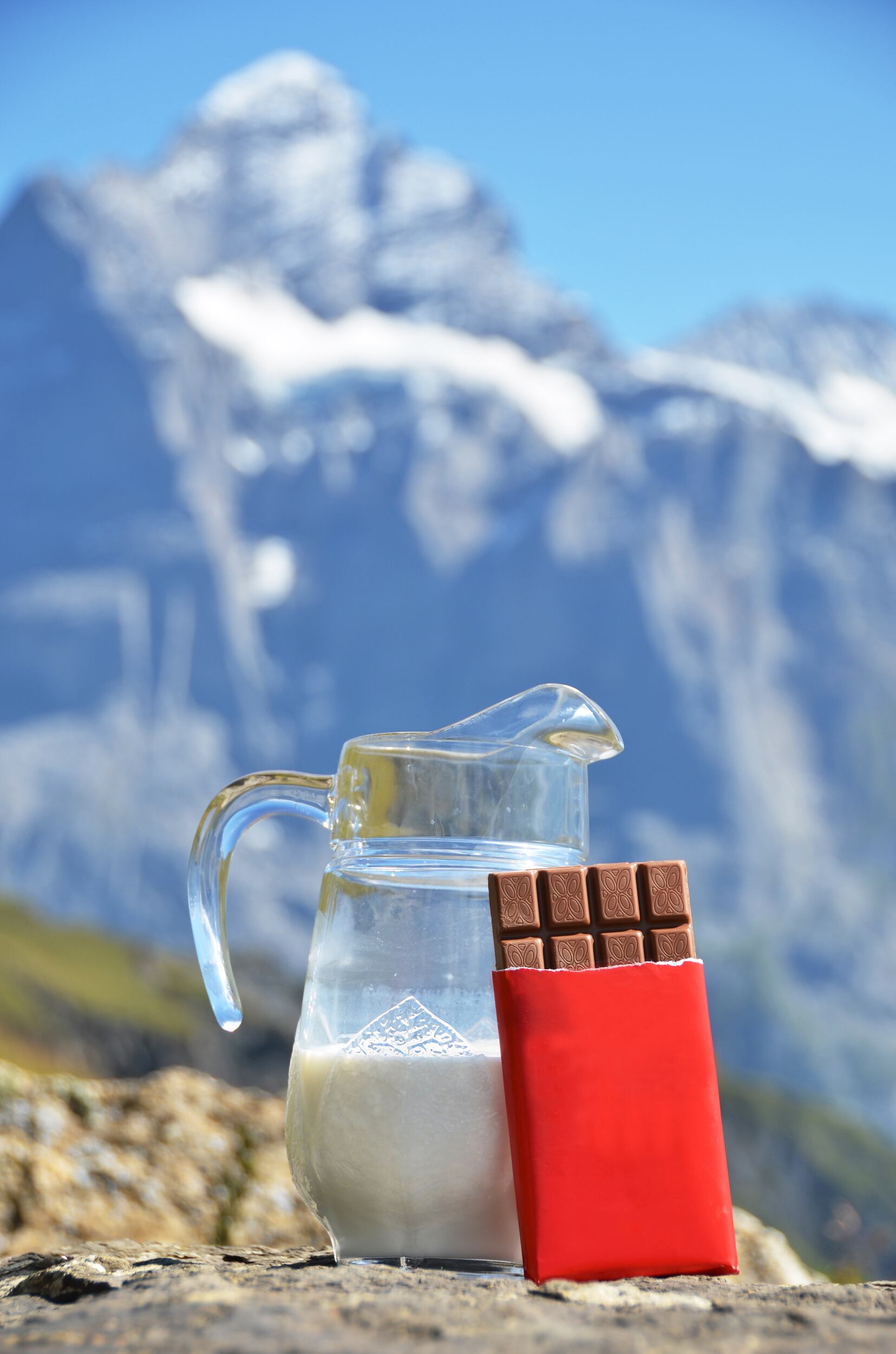Passed in 2013, the legislation sets minimum thresholds for ingredients of Swiss origin and will come into force on 1 January 2017.
"Swiss products and services enjoy an excellent reputation both domestically and abroad, which is why Swiss indications of source are being used with increasing popularity,” says the Swiss Federal Institute of Intellectual Property. “Unfortunately, they are also being used more frequently by free riders

too.
"The 'Swissness' legislation strengthens protection for the 'Made in Switzerland' designation and the Swiss cross. It helps prevent and curb their misuse, so that the value of the 'Swiss' brand can be preserved in the long term.”
Nestlé said it analysed all 'Swissness-relevant' products - around 650 recipes in total - in anticipation of the law. "The time invested in implementing the new Swissness law was considerable," a spokesperson said.
Most products complied with the regulation while others required small recipe tweaks. However, a total of 80 products, such as Thomy mayonnaise, home baking brand Leisi and certain Frisco ice creams, will lose the Swiss cross.
'Very unfortunate'
The CEO of Nestlé Switzerland Christophe Cornu told Swiss-German newspaper Schweiz am Sonntag this is "very unfortunate" as the products are manufactured using the same recipe at the same place.
“For our Thomy products, we only use free-range eggs and need a total of 34 million eggs a year. This quantity cannot be covered by Switzerland

alone. That is why we have to cooperate with European suppliers that meet the Swiss quality standards," he said.
Cornu said the company will keep its factories in Basel, where Thomy products are made, and Wangen. “Therefore, I am confident that the Leisi and Thomy customers are loyal,” he said.
However he added: “Swiss customers are very demanding, they expect high quality and like to try new products. And they want local production. Authenticity plays an important role.”
'Made in Switzerland' break down
At least 80% of a product’s raw materials must come from Switzerland under the new rules. For milk and milk used in dairy products this rises to 100%.
However, only raw materials that are available in Switzerland are taken into account and the deciding factor is ‘the rate of self-supply for natural products’.
If the self-supply rate is more than 50% the ingredient is fully included in the calculation.
If the self-supply rate is between 20% and 50%, as is the case for strawberries, only half of the ingredient is taken into account while for ingredients such as hazelnuts where less than 20% can be sourced in Switzerland, the ingredient can be ignored.

Ingredients which cannot be sourced in Switzerland due to “natural conditions” such as coffee and cacao, are also exempt. Manufacturers can use the Swiss cross if the products are processed in Switzerland and, in the case of milk chocolate if the milk has been sourced from Switzerland.
According to Swiss consumer federation, the FRC, these exceptions can be justified from a manufacturer's point of view but do not seem intuitive for consumers. "The FRC will therefore remain vigilant and will help consumers to decipher the significance of the various Swiss crosses."
The law also allows manufacturers of processed products to highlight the Swiss origin of certain main ingredients, such as the use of Swiss beef in a lasagne. In this case the meat must be of 100% Swiss origin and the finished product must be made in Switzerland. However the Swiss cross would not be authorised and the indication of Swiss origin must not be printed in larger letter than those of the product’s name or give the impression that the entire product is made in Switzerland.
Ingredients which are temporarily unavailable due to crop failures are also exempt.
More information in English can be found on the website of the Swiss Federal Institute of Intellectual Property.
